Shahna:me-ye Ferdowsi
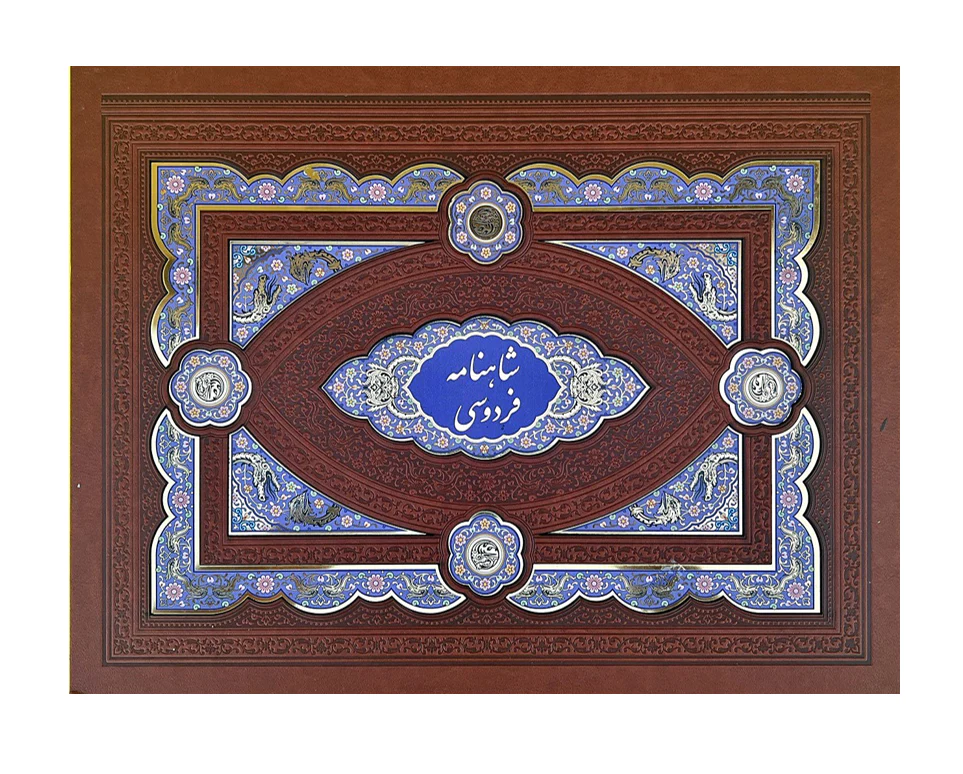
The “Shahnameh,” or “The Book of Kings,” is an epic poem written by the Persian poet Ferdowsi, and it stands as one of the most significant works of Persian literature. Composed over three decades around the year 1010 CE, this monumental poem chronicles the history of Iran from its mythical origins to the Islamic conquest in the seventh century. Divided into over 60,000 rhymed couplets, the “Shahnameh” is not only a historical narrative but also a rich tapestry of myth, legend, and folklore, featuring iconic characters such as Rostam, Sohrab, and Zal. Ferdowsi’s work serves to preserve the Persian language and culture during a time of significant change, capturing the essence of national identity and pride.
The “Shahnameh” is celebrated for its artistic and literary qualities, showcasing Ferdowsi’s mastery of language and storytelling. The poem combines themes of heroism, morality, and the eternal struggle between good and evil, reflecting the values and ideals of Persian society. Its influence extends beyond literature, impacting art, music, and cultural traditions in Iran and throughout the Persian-speaking world. The “Shahnameh” has been translated into numerous languages and continues to inspire readers and scholars, serving as a symbol of resilience and cultural heritage in Persian history.
You can download Ferdowsi’s Shah na:me book here:
Ghazaliya:te Ha:fez
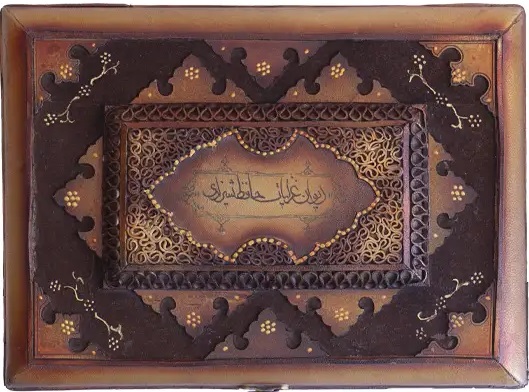
Ghazals by Hafez Shirazi are celebrated for their profound emotional depth and intricate beauty. Each ghazal often explores themes of love, spirituality, and the human experience, weaving together mysticism and romance in a harmonious manner. Hafez employs rich imagery, wordplay, and subtle allusions, allowing readers to interpret his verses on multiple levels. His mastery of language creates a musical quality that resonates with both the heart and the intellect, making his poetry timeless and universally appealing.
The structure of Hafez’s ghazals typically consists of rhyming couplets, where each poem reflects a distinct emotional state or philosophical insight. His use of ambiguity and metaphor invites varied interpretations, which has led to extensive analysis and discussion among scholars and enthusiasts alike. Hafez’s poetry not only captures the essence of Persian culture but also serves as a bridge to the mystical traditions of Sufism, engaging readers in a journey that transcends time and space. Through his ghazals, Hafez continues to inspire love, reflection, and a deeper understanding of the self and the universe.
You can download diva:ne Hafez (in English and Persian) here:
Divane Shams
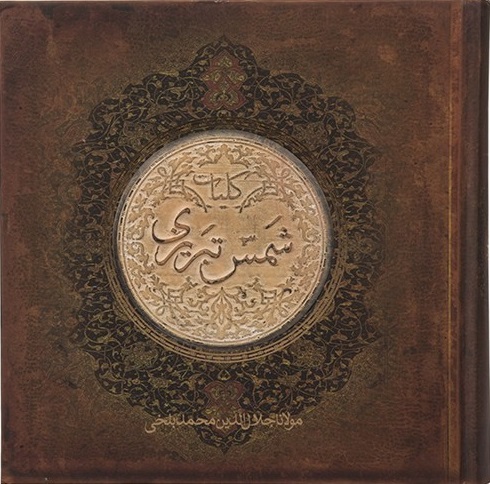
The “Divan-e Shams-e Tabrizi,” also known as the “Great Divan” or “Complete Works of Shams Tabrizi” or “Ghazals of Shams,” is one of the five collections of works by Jalal al-Din Muhammad Rumi, encompassing his poetry aside from the “Masnavi.” Rumi sometimes refers to some poems in the “Great Divan” as “pieces” and at times as “odes,” even though they are in the form of ghazals. There are also poems in the form of masnavis among the ghazals of the “Great Divan.” Some narratives are even presented in ghazal form within this book.
Undoubtedly, Rumi named his ghazals after Shams Tabrizi due to his fervor and restlessness. The poems, inspired by Shams and the love he felt for him, carry his name. However, not all of his ghazals are attributed to Shams; some are dedicated to his companions and disciples, such as Salah al-Din Zarkub or Husam al-Din Chalabi. Yet, the total number of these ghazals does not exceed a hundred.
You can download diva:ne shams here:
Roba:iya:te Khayyam
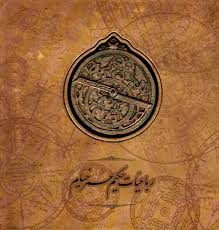
Khayyam left one of the greatest gifts to Persian literature—the quatrains of Khayyam—for his generation and for generations to come. His quatrains are more than mere poetry; they serve as a guidebook, a spiritual teacher imparting life lessons through poetic language, and a work that offers profound meaning against the backdrop of life’s absurdities.
You can download Roba:iya:te Khayyam (in English and Persian) here:
Busta:n-e Sa’di

The collection of insights that Saadi gained during his travels is gathered in a book titled “Bustan.” After completing his journeys, Saadi returned to Shiraz and introduced his poetical work to his friends and acquaintances, who received it with great enthusiasm. In “Bustan,” the poems are presented solely in verse, with no prose included. This book contains approximately 4,000 verses, and Saadi wrote the poems in the form of masnavi (rhymed couplets) to better express the stories and narratives of his life. The themes of Saadi’s poems in “Bustan” generally encompass morals, mysticism, etiquette, education, and politics. The book consists of about ten chapters, each with a lengthy introduction. The chapter titles in “Bustan” are as follows: Love, Education, Gratitude, Repentance, Humility, Justice, Benevolence, Contentment, Remembrance and Invocation, and the Conclusion of the Book.
You can download Busta:ne Sa’di (in English and Persian) here:
Diva:n-e Forough Farrokkhzad
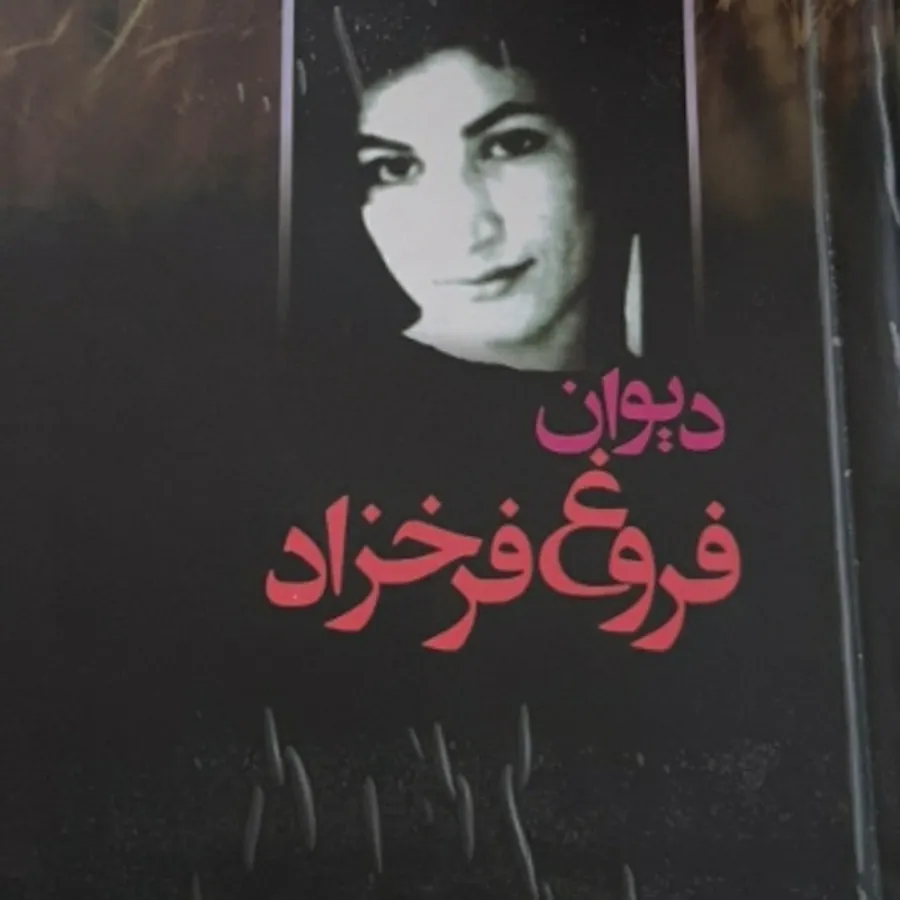
Forough Farrokhzad’s collected poems comprise five volumes. The first three volumes, titled “Asir” (The Captive), “Divar” (The Wall), and “Osyan” (Rebellion), consist of her classical and Nimaic poetry. In these volumes, Farrokhzad appears as a young poet with a restless heart and rebellious spirit. The main themes of these three volumes include praise for the manifestations of earthly love, lamentation over the dry and hypocritical life of society, a defense of sensuality and femininity, and expressions of the passions accompanying youth. In the fourth volume, however, titled “Tavallodi Digar” (A Rebirth), Farrokhzad adopts a completely different poetic persona. This volume, consisting of thirty-five pieces mainly written in free verse, was first published in 1963. The poems in this collection exhibit a certain mystery, imbued with ambiguity closely tied to the most personal manifestations of the poet’s heart. With “Tavallodi Digar,” Forough truly experienced a rebirth and began her poetic journey anew. This path culminated in her final volume, titled “Iman Biyavrim Be Aghaz-e Fasl-e Sard,” published in 1973, which features seven long poems that are confidently regarded as masterpieces of Persian poetry in the past century.
You can download Diva:n-e Forough Farrokkhzad here:
Boofe koor-e Sadegh Heda:yat
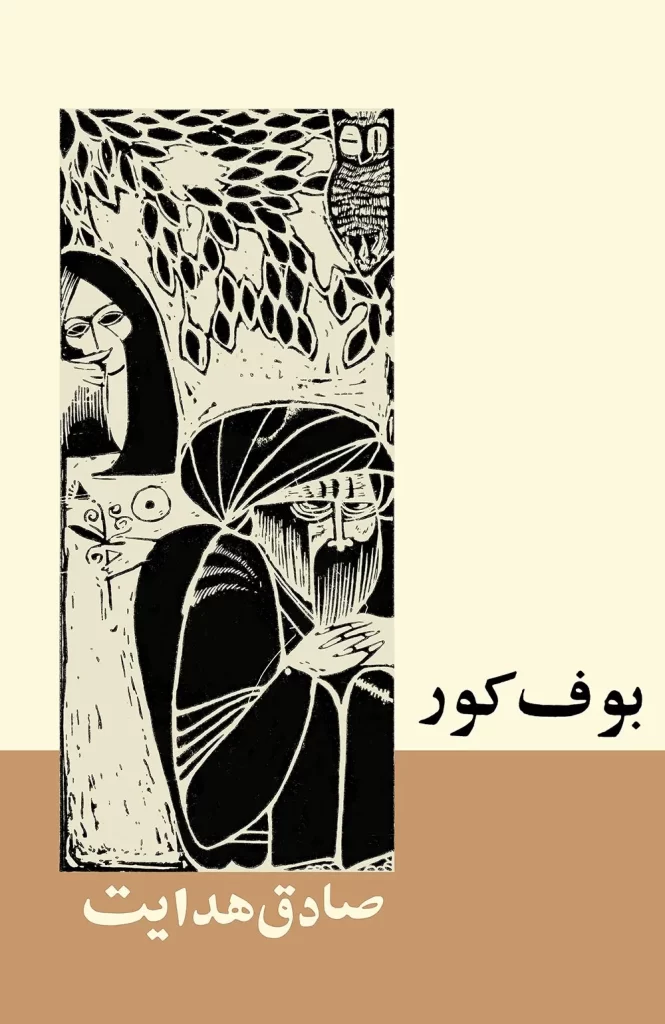
“The Blind Owl” is a short novel by Sadegh Hedayat, recognized as one of the earliest narrative prose works in Iranian literature of the 20th century and the most famous of Hedayat’s creations. It is also the longest narrative work of Hedayat following “Haji Agha.” This novel is written in a surreal style and consists of the monologue of a narrator who experiences delusions and psychological turmoil. “The Blind Owl” has been translated from Persian into 32 languages, including English, French, German, and Arabic, and is known in seventy countries. Hedayat was unable to publish “The Blind Owl” in Iran until the second half of the year 1320 (1941). After the ousting of Reza Shah in 1941, the conditions for publishing “The Blind Owl” became favorable. It stands as one of Hedayat’s finest works, not only shining among his oeuvre but also serving as a guiding light or an umbrella that has sheltered Iranian narrative literature for many years.
